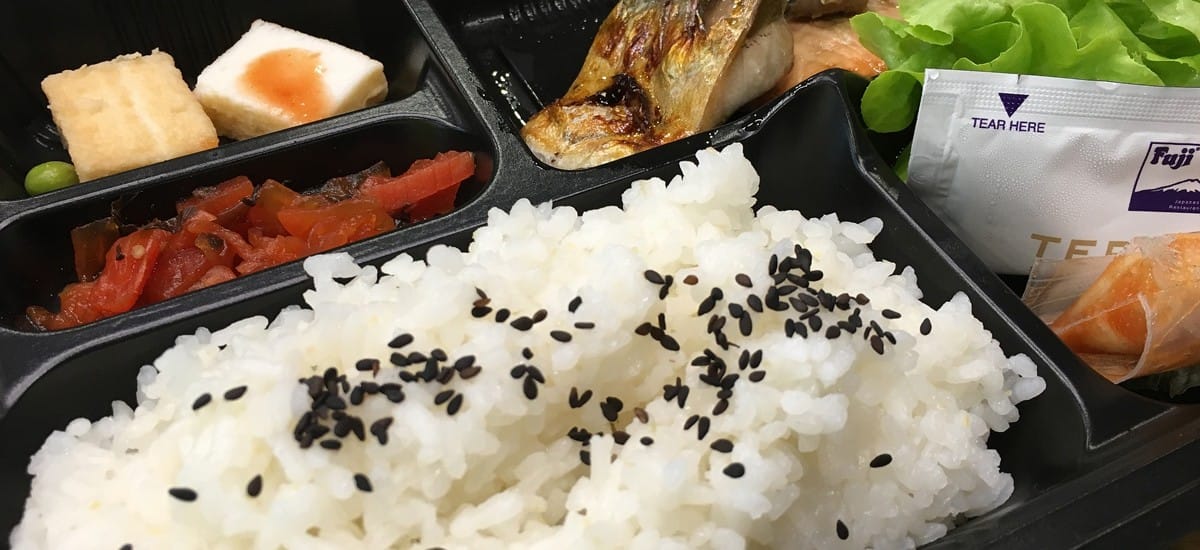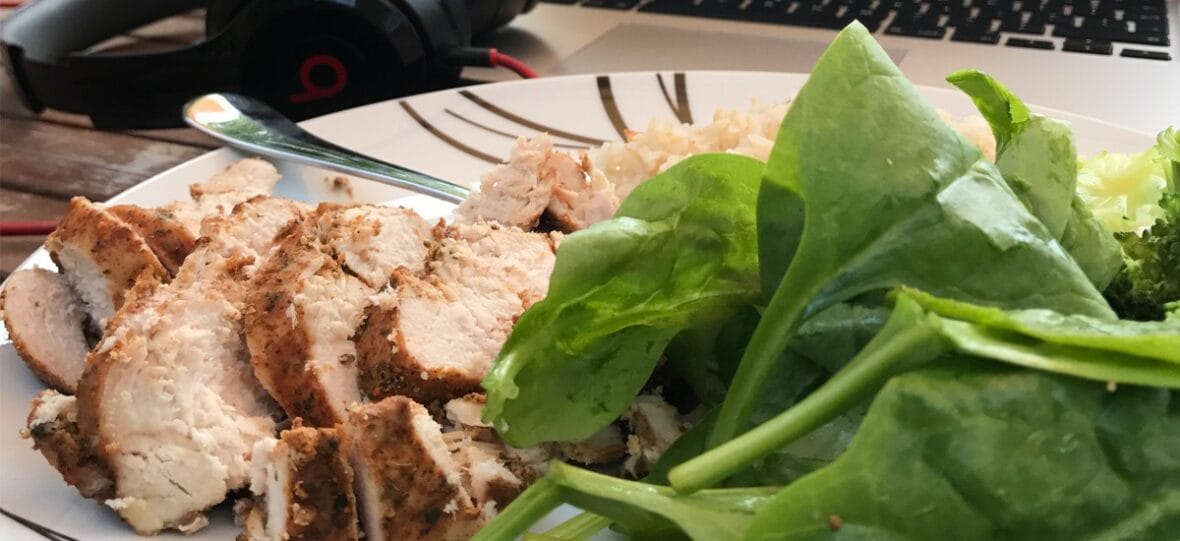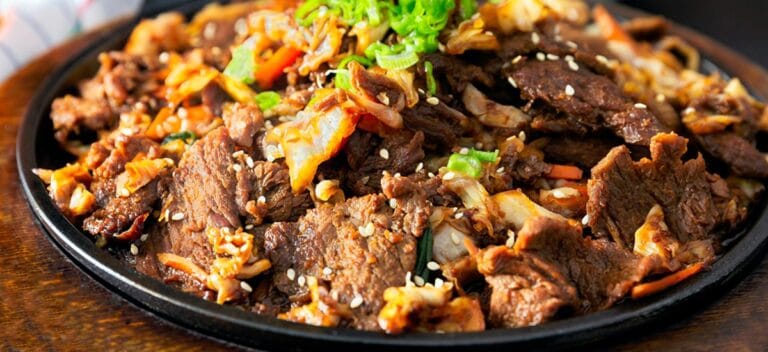Lunchtime can mean different things for us all. For some it’s the visit to the local shop, workplace cafeteria, or bringing food from home. Whatever your routine, it’s important to note that your lunch is just as important as any other meal in the day.
If your goal is to lose weight, then it’s no good having a healthy breakfast and dinner if you then exceed your target calorie intake at lunch. In this guide, we will look at some of the best ways you can manage your lunchtime to suit your needs and eat healthier.
Key Considerations
We will now highlight some of the key areas that you should consider when planning your lunchtime meals. You may already eat a healthy lunch but are starting to get bored of eating the same food every week, or you may simply not be achieving the fitness goals you desire.
Choice of Food
Achieving your nutritional needs can sometimes be tricky as it depends on what choice of food is available to you. A lot of workplaces have recently tried to improve the range of food they offer to encourage healthy eating.
The key area to focus on here is knowing what food will be available to you 7 days a week (including your home lunches). This will allow you to develop a nutrition plan which is consistent and works. If you are struggling because you’re not sure where to begin or what foods to eat then follow our steps:
- Analyse your current nutrition routine. Look at what’s good and what needs to change.
- Increase your Nutrition knowledge to make better food choices.
- Create a plan which you can stick to 7 days a week.
Portion Size
Portion size is another key influence in your lunchtime meals. If you are just eating random portions sizes, it’s hard to know how many calories you are consuming. You might have a ‘healthy’ lunch but if the portion size is large, this could lead to a surplus in your target calorie intake. To help you counter eating random portion sizes, you can use a process which is known as calculating your macronutrients. This is the measurement of calorie intake through protein, fats and carbohydrates.
Your body type (endomorph, ectomorph, mesomorph) will also influence your approach to portion sizes. For example, if you are looking to pack on muscle and have an ectomorph body type (skinny and struggles to put on muscle or fat), you would need to focus on consuming a higher range of calories.

Timings
We want to focus on timings because it’s important how often you fuel your body. You may have breakfast and lunch on time, but if you’re working late, you could go 7-8 hours without eating your evening meal and this can have negative results on your health.
There’s a lot of debate around the best time management for eating meals. You have the group who say you should eat something every 3-4 hours and aim to have 5 meals a day. On the other hand, you have the intermittent fasters who fast for 16 hours (mainly overnight) and eat as much as possible in the remaining 8-hour window. There are many other approaches in addition to these.
All of these different methods have proven results however, what works for one person may not work for another. If in doubt you should just focus on eating when you are hungry. If you know you are planning to work late, consider packing an extra meal on top of your lunch, so you can eat either before or during your commute home.
Meal Prep
Meal preparation can help to ensure that you are consistent with eating healthy lunches. It’s essentially the process of preparing your food in advance. This saves time because you cook multiple meals in one session. You can also ensure you’re in control of your nutritional intake and being consistent with it. To read the full section on meal preparation, please visit the Meal Prep Guide.
Increase Your Knowledge
Our final consideration is developing your understanding of healthy eating. We hope this guide has helped anyone who may be struggling to create a healthy eating routine. If you struggle due to a lack of knowledge around nutrition, we recommend reading our current nutrition guides for weight loss and building muscle.
Our next section focuses on some key nutrition challenges we can face when always being on the go due to work. This can make it difficult to achieve your nutritional goals.




